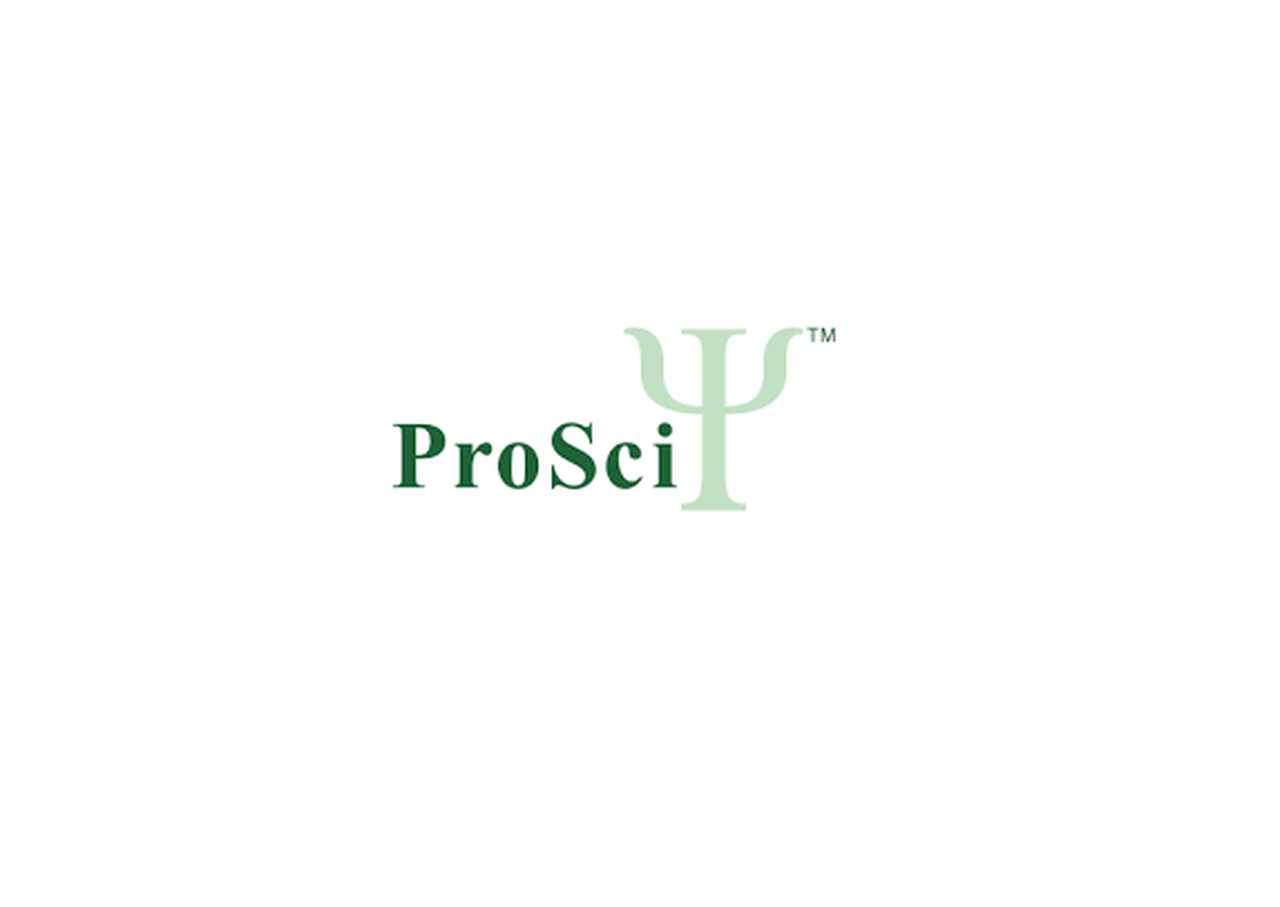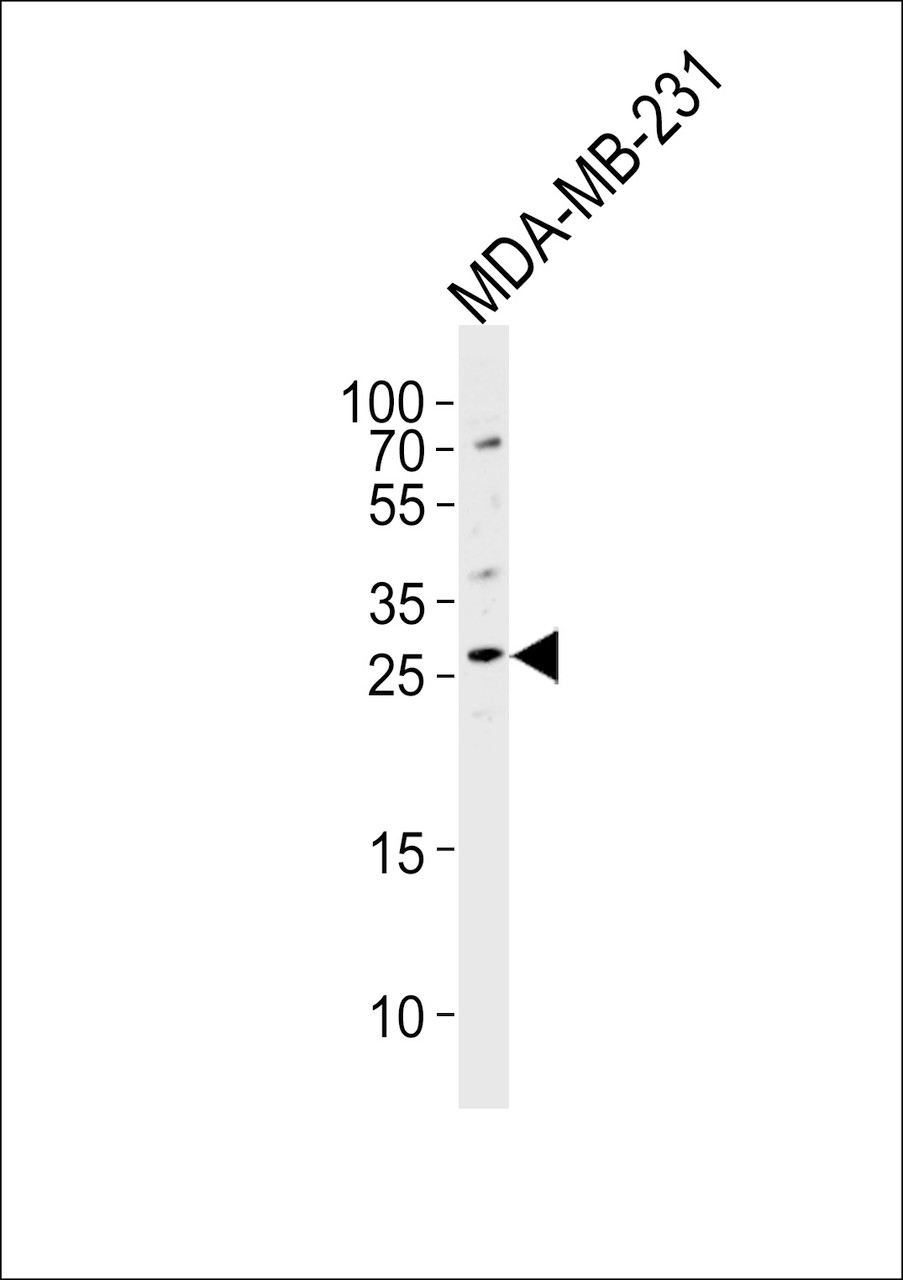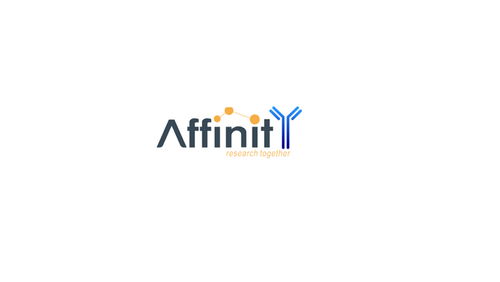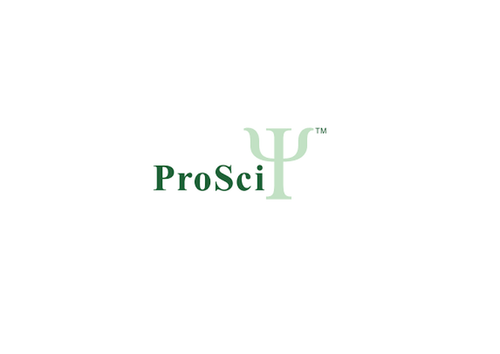Product Description
CRISP1 Antibody | 59-344 | ProSci
Host: Rabbit
Reactivity: Human
Homology: N/A
Immunogen: This CRISP1 antibody is generated from rabbits immunized with a KLH conjugated synthetic peptide between 162-191 amino acids from the C-terminal region of human CRISP1.
Research Area: Cell Cycle
Tested Application: WB
Application: For WB starting dilution is: 1:1000
Specificiy: N/A
Positive Control 1: N/A
Positive Control 2: N/A
Positive Control 3: N/A
Positive Control 4: N/A
Positive Control 5: N/A
Positive Control 6: N/A
Molecular Weight: 28 kDa
Validation: N/A
Isoform: N/A
Purification: This antibody is purified through a protein A column, followed by peptide affinity purification.
Clonality: Polyclonal
Clone: N/A
Isotype: Rabbit Ig
Conjugate: Unconjugated
Physical State: Liquid
Buffer: Supplied in PBS with 0.09% (W/V) sodium azide.
Concentration: batch dependent
Storage Condition: Store at 4˚C for three months and -20˚C, stable for up to one year. As with all antibodies care should be taken to avoid repeated freeze thaw cycles. Antibodies should not be exposed to prolonged high temperatures.
Alternate Name: Cysteine-rich secretory protein 1, CRISP-1, AEG-like protein, ARP, Acidic epididymal glycoprotein homolog, CRISP1, AEGL1
User Note: Optimal dilutions for each application to be determined by the researcher.
BACKGROUND: Fertilization consists of a sequence of specific cell-cell interactions culminating in the fusion of the sperm and egg plasma membranes. Recognition, binding, and fusion occur through the interaction of complementary molecules that are localized to specific domains of the sperm and egg plasma membranes. In the sperm, the postacrosomal region or equatorial segment is involved in sperm-egg plasma membrane fusion. The protein encoded by this gene is a member of the cysteine-rich secretory protein (CRISP) family. This protein is expressed in the epididymis, is secreted into the epididymal lumen, and binds to the postacrosomal region of the sperm head where it plays a role at fertilization in sperm-egg fusion through complementary sites localized on the egg surface. Two isoforms are encoded by transcript variants of this gene.
 Euro
Euro
 USD
USD
 British Pound
British Pound
 NULL
NULL










